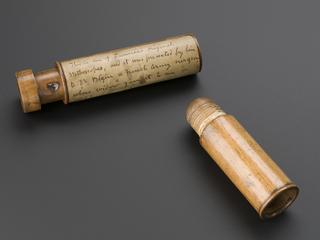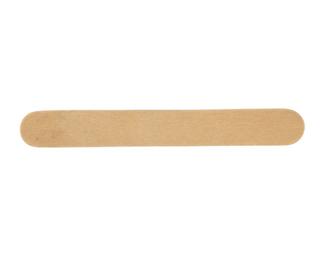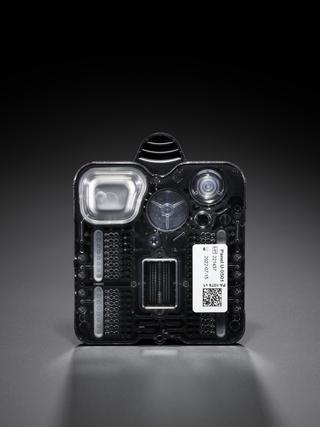
Booklet 'The use of liquid-based cytology for cervical screening', published by the NHS, 2003
- Made:
- 2003 in unknown place
- maker:
- National Health Service










Booklet 'The use of liquid-based cytology for cervical screening', published by the NHS, 2003
First introduced in 2000, liquid based cytology tests have been recommended for cervical screening by The National Institute for Health and Care Excellence since 2003 when this report was published. Cells are removed from a person’s cervix using a special brush which is then rinsed into a small container of liquid and sent off with the brush head to a laboratory. Here the sample is added to a glass slide and examined. Cervical screening is a method of preventing cancer by detecting and treating early abnormalities which, if left untreated, could lead to cancer in the cervix (the neck of the womb).
Originally, samples were taken with a wood spatula and the sample smeared onto a glass slide which was then sent to the lab for examination. This was sometimes known as a Pap smear, after its developer by Dr Georges Papanicolaou (1833-1962). Liquid based cytology tests replaced this older method by 2008.
Since 2016, cervical screening in England is also used to detect HPV (human papillomavirus). Almost all cases of cervical cancer are caused by high-risk HPV. For a small number of people, their immune system will not be able to get rid of high-risk HPV. If left unmonitored or untreated the virus may cause cervical cancer.
Details
- Category:
- Clinical Diagnosis
- Object Number:
- 2019-33
- Materials:
- paper
- Measurements:
-
overall: 201 mm x 102 mm x 2 mm,
- type:
- booklet
- credit:
- Gift of London Regional Cytology Training Centre




